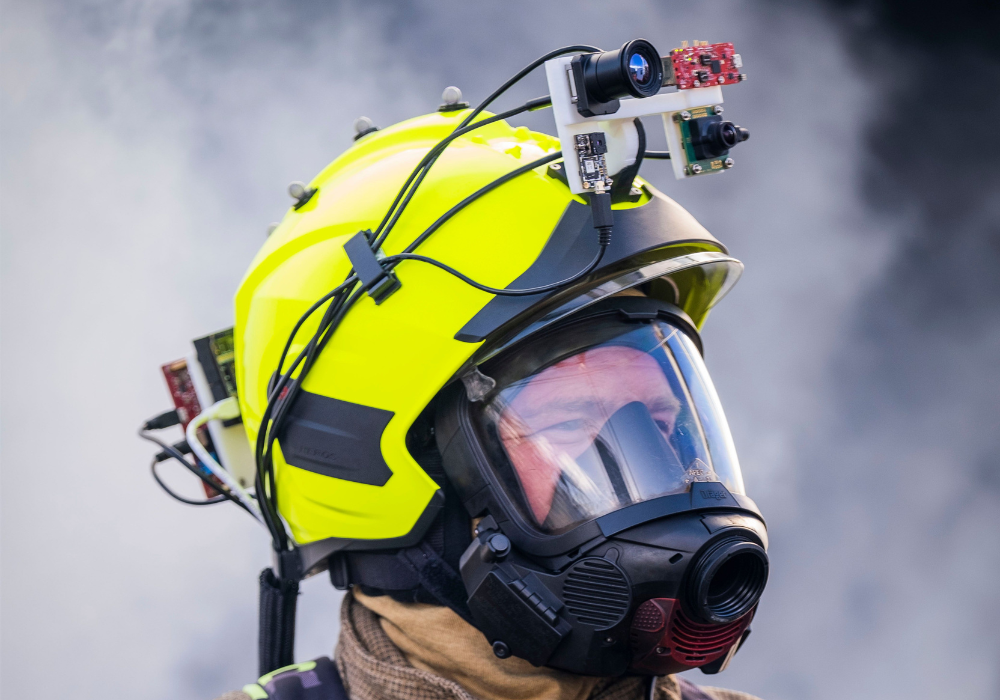Firefighters could soon have ‘smart helmets’ to help locate blaze victims
Experts have designed sensors to help firefighters quickly map their surroundings, navigate hazardous environments and locate fire-scene victims.

Your support helps us to tell the story
From reproductive rights to climate change to Big Tech, The Independent is on the ground when the story is developing. Whether it's investigating the financials of Elon Musk's pro-Trump PAC or producing our latest documentary, 'The A Word', which shines a light on the American women fighting for reproductive rights, we know how important it is to parse out the facts from the messaging.
At such a critical moment in US history, we need reporters on the ground. Your donation allows us to keep sending journalists to speak to both sides of the story.
The Independent is trusted by Americans across the entire political spectrum. And unlike many other quality news outlets, we choose not to lock Americans out of our reporting and analysis with paywalls. We believe quality journalism should be available to everyone, paid for by those who can afford it.
Your support makes all the difference.Firefighters in Scotland could soon have artificial-intelligence-enabled, smart helmets to help them better locate casualties.
The pioneering new technology will be showcased as part of the official opening of the National Robotarium on Wednesday.
It could help firefighters quickly map their surroundings, navigate hazardous environments and locate fire-scene victims is being developed by researchers at Heriot-Watt University’s National Robotarium.
Thermal cameras and sensors would be mounted on a standard issue helmet using artificial intelligence, providing users with real-time information.
Field trials have been conducted with Scottish Fire and Rescue Service staff at their training facility in Newbridge, Edinburgh.
It is hoped the technology could support firefighters and scene commanders to more safely navigate dangerous conditions such as smoke-filled areas and reduce the time it takes to rescue people.
Bryan Todd, Group Commander in Training, Safety & Assurance at Scottish Fire and Rescue Service, said: “We are proud that our staff at our Newbridge Training Centre have been able to support with the trialling of this technology.
“Safety, Teamwork and Innovation are three of our core values as a service and we always welcome opportunities to work in partnership with higher education organisations and the fantastic work they do in exploring ideas to improve community and firefighter safety.”
Dr Chris Lu, Lecturer in Cyber-Physical Systems in the School of Informatics at the University of Edinburgh, who is leading the project, said: “Firefighters often operate in environments with very low or no visibility due to the vast amount of smoke released from a fire.
“This can make detecting the location of potential victims and the whereabouts of firefighters very challenging in situations that are often extremely time-sensitive.
“This new technology has the potential to support on-the-ground firefighters and scene commanders to make crucial in-the-moment decisions that can enhance search rescue efficiency, ensure safer collaboration between teammates and, most importantly, improve outcomes for potential victims of fire scenes.”